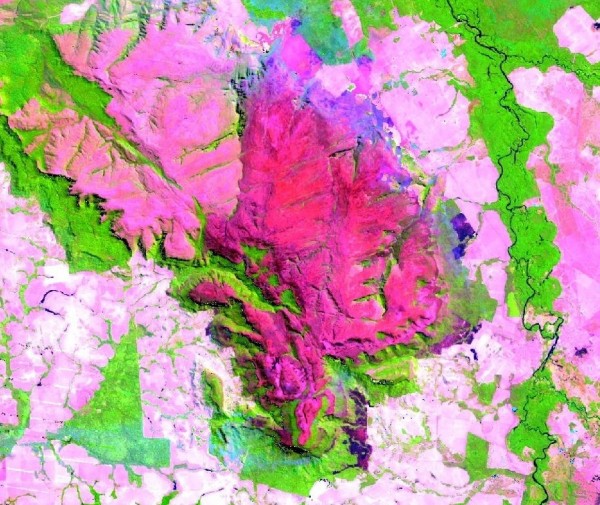An interpretation of recent Amazon Basin fires by Researchers in the Department of Geographical Sciences, University of Maryland
UPDATE AND CORRECTION of 'An interpretation of recent Amazon Basin fires by the Department of Geographical Sciences, University of Maryland'
By M. Hansen, M. Humber, A. Pickens, V. Zalles and A. Tyukavina
This version of our report includes data through September 4th and corrects previous fire counts that were reported in error, with corrected results depicting above average fire counts in Brazil’s rainforests for the period of June 1 to September 4.
Two major threats to Amazon rainforests include deforestation, or the clearing of forests for agricultural land uses, and fire, which can permanently degrade the ecological functioning of intact rainforests. Both of these dynamics have featured recently in news from Brazil and Bolivia. First, President Jair Bolsonaro fired the head of Brazil’s Space Agency, Ricardo Galvao, following the president’s attack on official data reporting increased deforestation this year, including a 60% increase in Amazon deforestation in July. Soon thereafter, fires from the Amazon biome peaked in the period centered on August 14th, sending smoke to the populated south of Brazil, resulting in widespread news reports of record forest loss.
Here, we present three data sets from satellite-based monitoring systems – forest loss alerts and primary forest extent from the Global Land Analysis and Discovery laboratory, and active fires from the NASA’s MODIS Land product suite – to improve understanding of the extent and context of current deforestation and fire in the Amazon. GLAD forest loss alerts within primary humid tropical rainforests are shown in Figure 1. The alerts are a daily updated product that maps tropical forest loss using data from the NASA/USGS Landsat series of satellites. Totals illustrate an increasing trend in primary forest loss over the course of the year as the southern hemisphere dry season (Jun-Oct) facilitates forest clearing and burning. An increasing trend in loss is evident year on year as well, excepting 2016, which was subject to extensive fires due to extreme drought conditions from the 2015/2016 El Nino. Alerts within primary forest for 2019 are 24% higher than 2018. The increasing forest loss in recent years reflects the diminished role of governance in managing Amazon Basin rainforests. The reduced support for institutions such as Brazil’s environmental agency IBAMA and the indigenous peoples agency FUNAI has impaired their regulatory capabilities. This weakened governance is facilitating increased forest clearing in Brazil compared to the 2005 to 2012 period of decline that resulted from rigorous environmental law enforcement efforts and other factors.
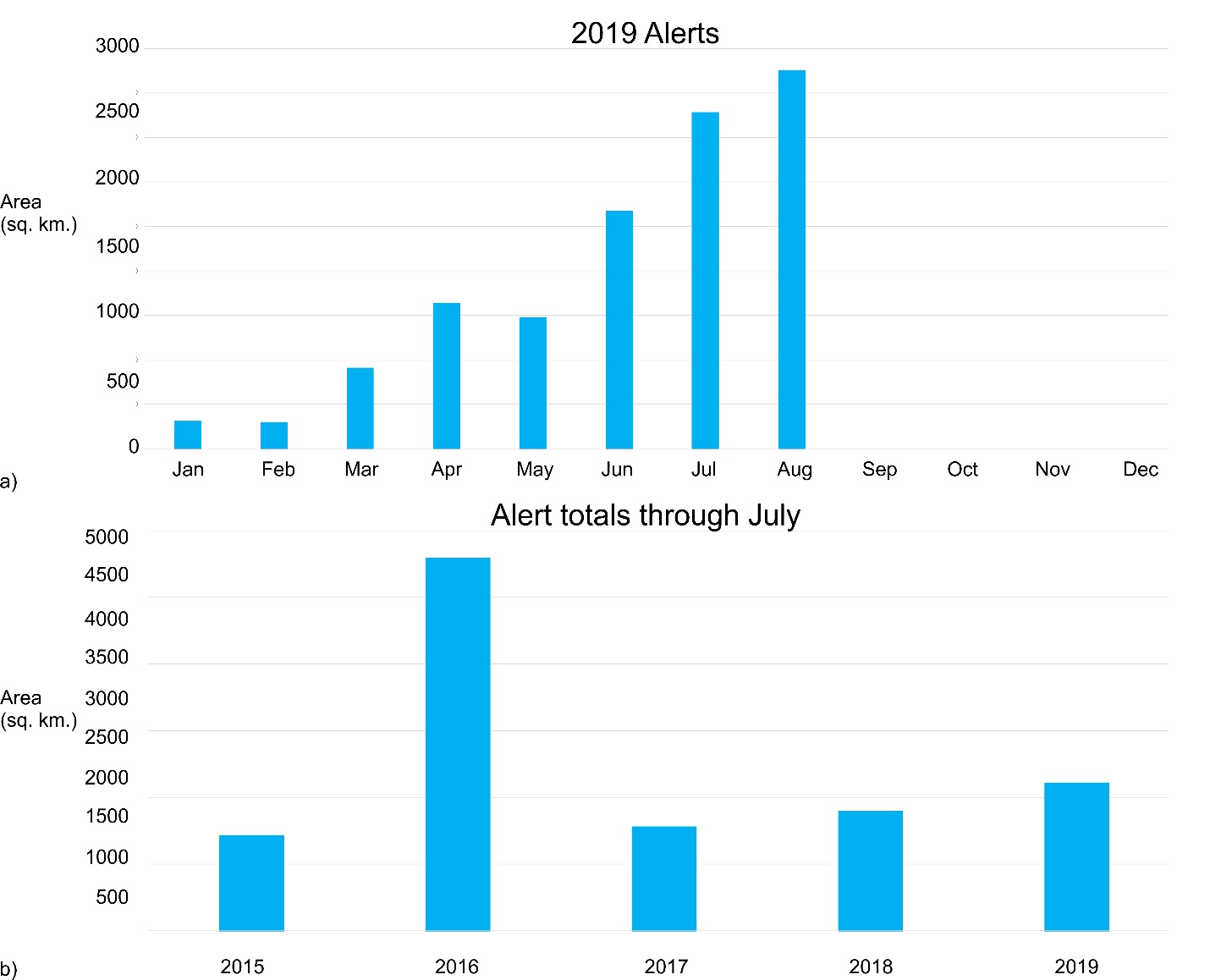
Figures 2 and 3 illustrate 2019 fires within primary forests increasing over previous years, beginning in August. Importantly, 2018 is the least active fire year in the displayed data and a rather unrepresentative basis for comparison. At this stage of the dry season, primary forest fires are nearly 16% higher than 2017, the next highest primary forest fire year since 2015. So far this dry season, fire counts in primary forests peaked on August 14 with a total of 1549 active fire detections. This total is roughly half that of the 2015-2018 peak of 2946 fires on September 17, 2017. Elevated active fire counts so far this dry season are evident in Figure 3, and the remainder of the season will determine if this year will be an especially high fire year in Amazon rainforests. Figure 4 illustrates the current dynamic in a deforestation frontier in the interior of Amazonas State near Novo Progresso, site of ‘day of fire’ planned burning. Within Amazon states, peak fire counts are located on land cleared prior to 2019, as illustrated in Figures 3 and 4. Figure 5 illustrates a higher than normal fire count outside of the Amazon rainforest states with a peak of August 17. Fires outside of 2019 extant rainforests are on average 26% higher through September 4 compared to the 2015-2018 mean. Figure 6 shows an example non-forest fire, in this case an escaped pasture fire that eventually burned a large portion of grassland in Serra Ricardo Franco State Park in Mato Grosso state.
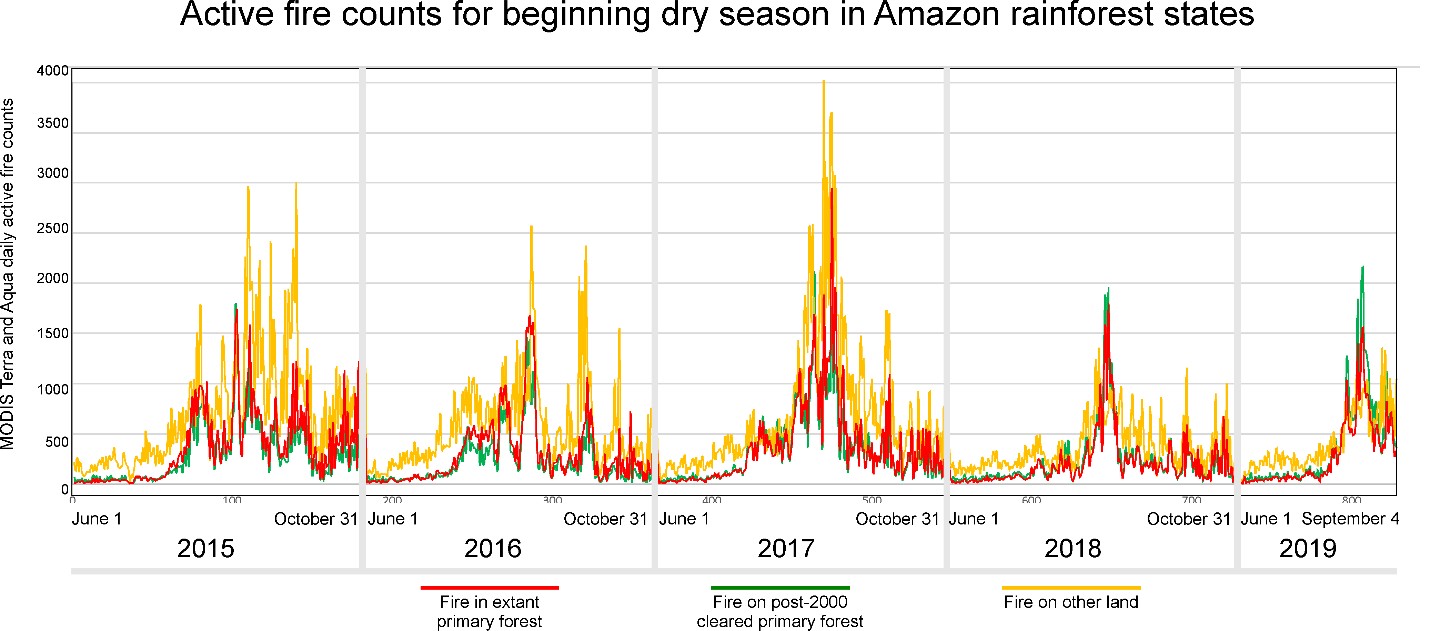
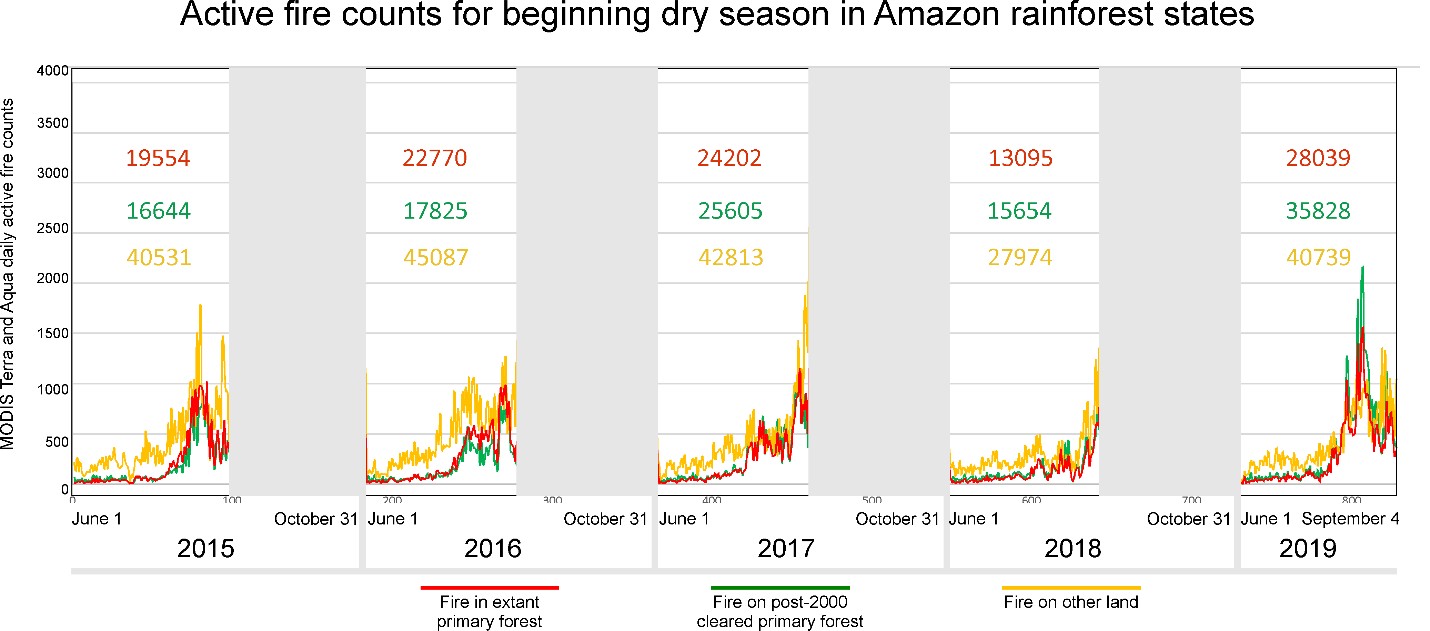
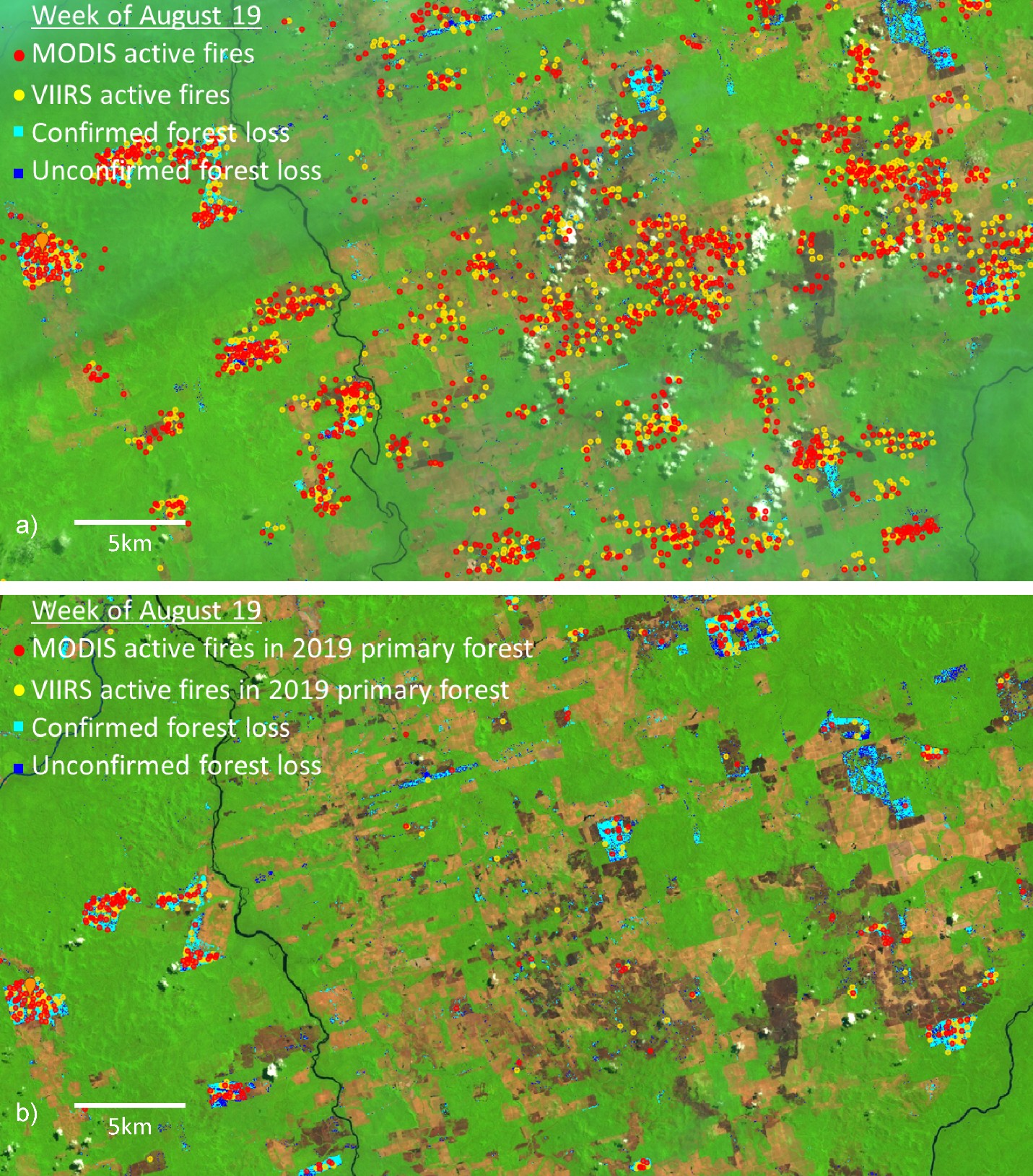

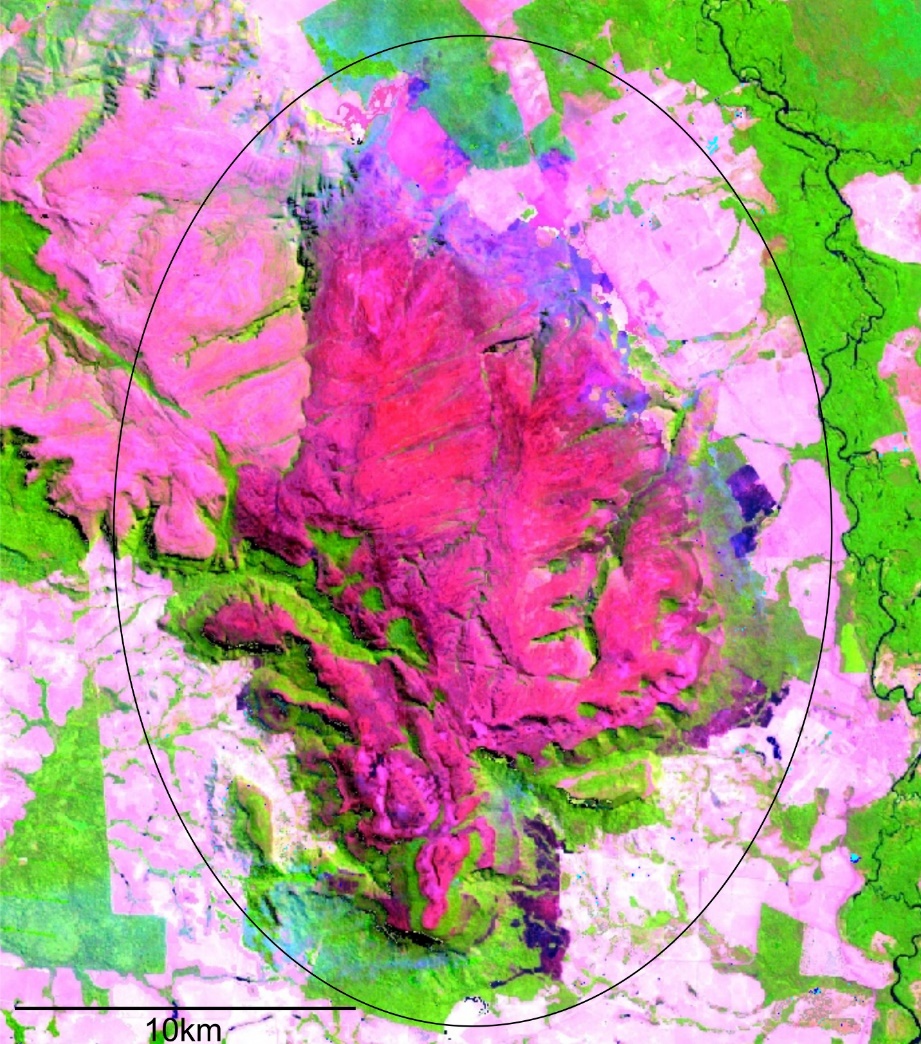
Evidence is also strong that both forest loss and fire are anomalously high in Bolivia, where a recent Presidential Decree by Evo Morales lifted restrictions on the use of fire to clear land in the Amazon. Forest loss alerts from GLAD within primary forest are over 50% higher in 2019 than in 2018 over Bolivia. Figure 7 illustrates the current dry season period as also having experienced anomalously high fire counts in primary forests. Fires outside of primary forests and recently cleared primary forests are both higher than the 2015-2018 average. Overall, Bolivia exhibits dramatically greater rainforest loss and overall fire presence this year compared to recent history.

Summary
Brazil, the focus of recent news articles concerning fires in Amazon rainforest, is experiencing an increasing trend in year on year primary forest loss, including 2019 to date. Fires have been stated to reflect record-setting rainforest loss. While our results support high primary forest loss and primary forest fires compared with the same period in previous years, data do not indicate increases in primary forest loss on the order of 50-100%. Bolivia also exhibits both high forest loss and high active fire counts in primary forests compared to recent history. The narrative around this increase is similar to Brazil in that increased forest loss and forest fires are likely a response to relaxed land clearing regulations and enforcement. Given that the bulk of the dry season is still to come, there is much of the story left to be told.
Data links
http://glad-forest-alert.appspot.com/
https://glad.umd.edu/dataset/primary-forest-humid-tropics
https://firms.modaps.eosdis.nasa.gov/active_fire/#firms-shapefile
Published on Sat, 08/31/2019 - 12:15


